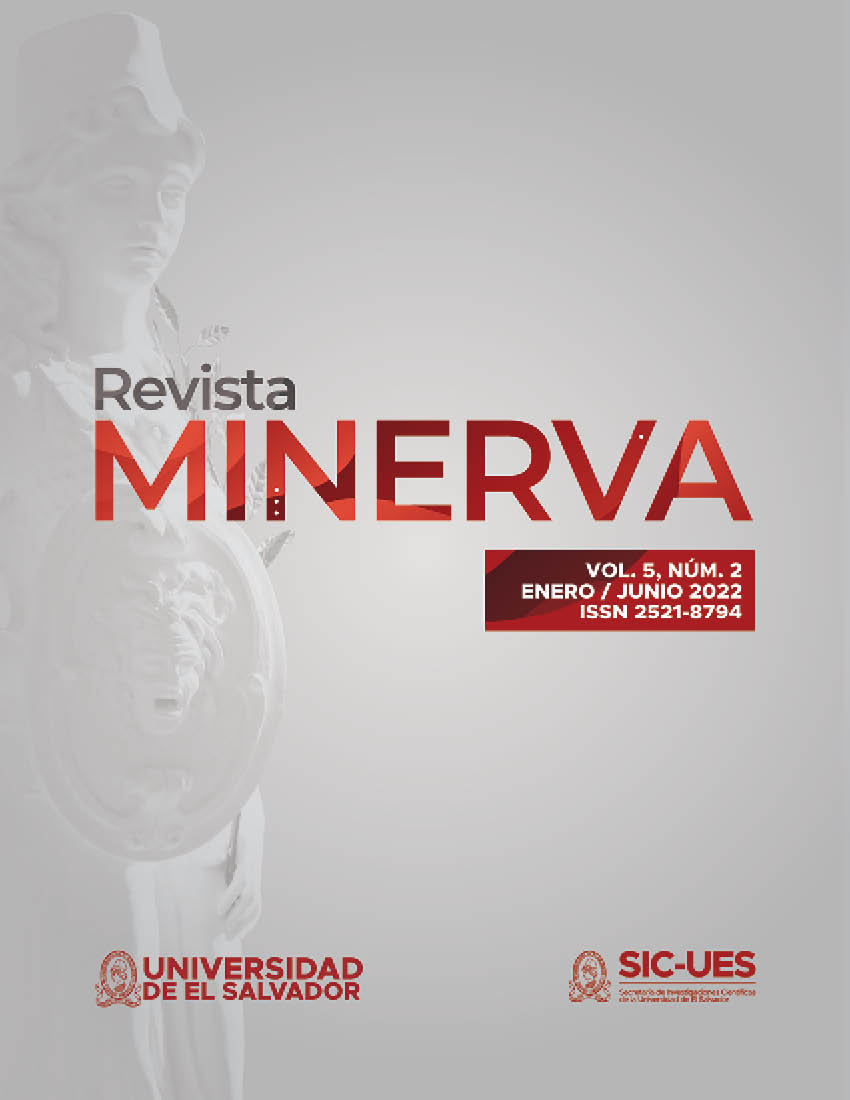Abstract
This document shows a summary on bioclimatic sustainability in the Administrative Building of the Faculty of Engineering and Architecture together with the application of the ISO50001 standard. Which suggests the use of natural resources in a sustainable way together with adequate construction systems to achieve the minimum environmental impact both on nature and on people. Also, preserving the environment for future generations and being capable of thermally self-regulating without the need for technological devices. The building is modeled using SketchUp and simulations are done with OpenStudio and EnergyPlus to characterize the energy consumption of the building and identify and analyze improvement factors towards energy efficiency. At the same time, the simulation is compared with the results obtained from measurements of energy consumption of the building, validating the results obtained from the simulations. Therefore, with an approach on energy efficiency and thermal comfort, it is proposed to substitute the current air conditioning machines for ones using inverter technology, the installation of sun shields on the facades of the building, substitution of the current luminaries for ones using LED technology, plant and maintenance of the vegetation around the building, and the development of staff awareness through training on energy saving and management. In this way, it is estimated to have a significant energy saving, up to 7,586 kWh yearly, therefore, this might be about USD$1,140.00 per year (cost of energy of USD$0.15/ kWh).

This work is licensed under a Creative Commons Attribution 4.0 International License.
Copyright (c) 2022 Authors who publish in Revista Minerva agree to the following terms: Authors continue as owners of their work, assigning only dissemination rights to Minerva Magazine under the standards of the Creative Commons Attribution 4.0 International License (CC BY 4.0). This license allows others to mix, adapt and build upon the work for any purpose, including commercially, and although new works must also acknowledge the initial author, they do not have to license derivative works under the same terms.




